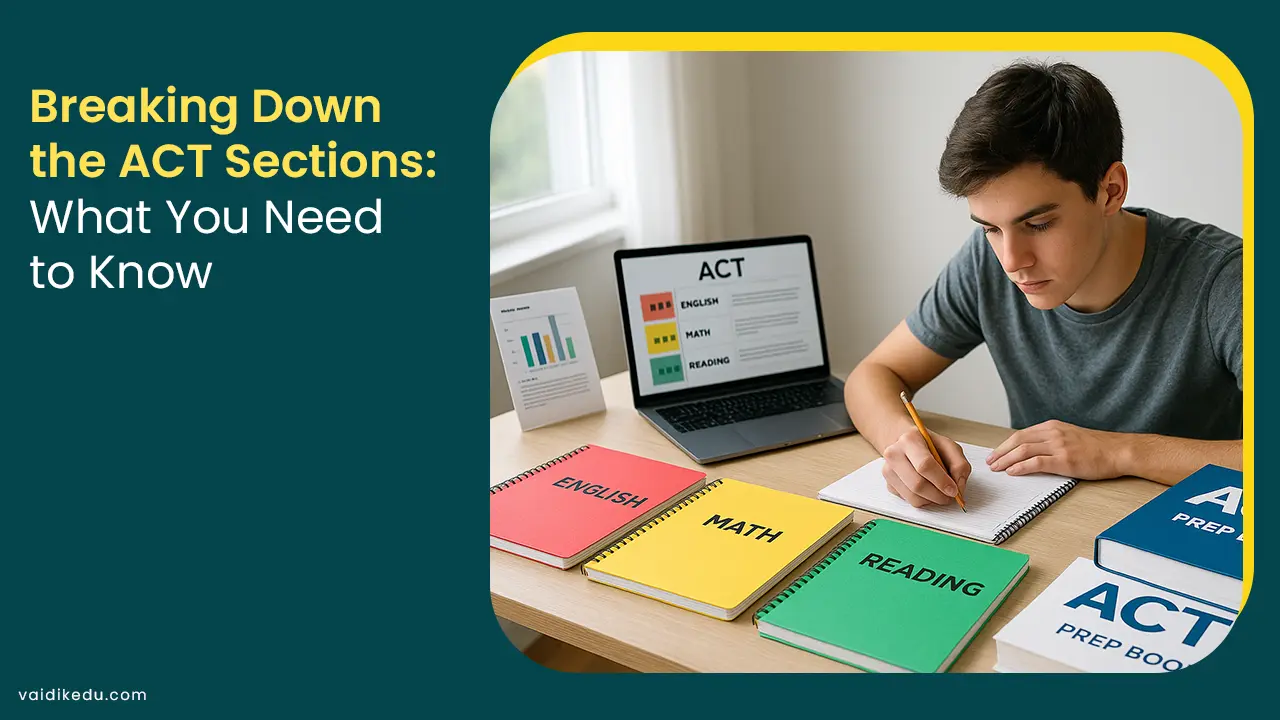Blog

Online vs. In-Person SAT Prep: Which One Works Best
Choosing between online and in-person SAT tutoring is essential for ensuring academic success. The student’s individual learning preferences and styles will influence how effective online

Online vs. In-Person SAT Prep: Which One Works Best
Choosing between online and in-person SAT tutoring is essential for ensuring academic success. The student’s individual learning preferences and styles will influence how effective online

Online vs. In-Person SAT Prep: Which One Works Best
Choosing between online and in-person SAT tutoring is essential for ensuring academic success. The student’s individual learning preferences and styles will influence how effective online SAT preparation will be compared to in-person instruction. Online platforms will give students flexibility, access to a greater number of resources, and Personalised training. In-person classes provide students with a structured learning environment, immediate feedback, and the possibility of responsibility. Both the benefits and drawbacks of the two formats will be discussed in this blog

How To Improve Your ACT Score: Study Tips From Experts
ACT serves as the checkpoint to many colleges and is more than just a test. The ACT may greatly aid the journey to college, and a higher score may increase the chances of admission, scholarships, and even course placement. The four scored parts of the ACT are science, math, reading, and English. Additionally, there is an optional Writing (essay)part. Since each section is meant to evaluate a different set of skills, being intelligent isn’t as important as being strategically prepared.

Common SAT Mistakes Students Make And How To Avoid Them
The SAT is a significant test for students hoping to gain admission to prestigious universities. It examines your knowledge in maths, reading, writing, and, on occasion, essay writing. But the pressure to get a high score for college admissions and scholarships can make SAT preparation difficult. Many students make preventable mistakes, and this affects their overall performance. Knowing these common mistakes and how to avoid them can be helpful to students regardless of how far along they are in their

Breaking Down The ACT Sections: What You Need To Know
In the US, college admissions are determined by a standardised test called the American College Testing (ACT). In addition to an optional writing component, it evaluates high school students’ intellectual preparedness for college in four main sections, namely English, Math, Reading, and Science scores on the ACT range from 1 to 36. The average of those four scores is your composite score. Your composite score is unaffected by the optional essay, which is graded independently from 2 to 12. Knowing

How To Ace The SAT: Expert Tips & Strategies For High Scores
Let’s be honest, just mentioning the SAT can make your stomach twist a little. Whether you’re a straight-A student or just starting to take academics seriously, sitting through a multi-hour standardized test that can influence your college future isn’t exactly comforting. I’ve been there, and so have millions of others. But here’s the thing: the SAT isn’t a mystery or unbeatable. Once you understand how it works, it becomes less of a test of intelligence and more of a strategy

Time Management Strategies For The ACT: How to Finish on Time
Let’s be honest the ACT is more about what you do, not what you know. Many students enter the exam room feeling confident in their understanding, only to be panic-stricken when facing the clock. Only having enough time to guess on the last few questions or leave them blank can spiral a confident student into worry. Does that sound like you? But here’s the good news: time management is a skill, and like any skill, it can be learned and


